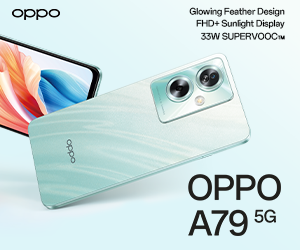Sennheiser Offers Latest Headphone Amplifiers
- No signal interference
- Both analogue and digital versions
- See-through covering
Sennheiser has released both an analogue and digital version of its headphone amplifier – the HDVD 800 and HDVA 600 respectively.
- No signal interference
- Both analogue and digital versions
- See-through covering
Sennheiser has released both an analogue and digital version of its headphone amplifier – the HDVD 800 and HDVA 600 respectively.
Both have a fully symmetrical layout and promise a unique listening experience. They harmonise with the High-End headphone line HD 800, HD 700, HD 650 and HD 600.
Features of the new headphone amplifiers include a balanced sound image, as well as symmetrical layout for operation with analogue audio sources, thus ensuring symmetrical signal transmission from the source to the headphones. Designed for the use with digital sources, the HDVD 800 features a Burr-Brown digital/analogue converter that converts digital audio data into analogue signals with a resolution of 24 bits and a sampling rate of up to 192kHz. This enables the HDVD 800 to transmit the frequency spectrum of high-end audio sources without any loss of frequencies.
The amplifiers are also equipped with an asymmetrical input socket; when using this input, the incoming signals are symmetrised before further processing takes place. On the HDVD 800 digital sources are connected to the rear of the unit as an AES/EBU input or S/PDIF (optical and coaxial). The digital version is featured with an extra USB input, which offers 24 bit data transmission at 192KHz.
In order to get the full sound potential of the HDVD 800 with any audio source, a rotary gain switch at the rear of the unit provides simple adaptation of the amplifier output to the audio input voltage. This ensures that the dynamic range can be used to its full extent.
A glass panel embedded in the aluminium housing of the amplifier gives a clear view of the interior of the devices. The rotary potentiometer is mechanically connected to the volume control by a 150mm long shaft. This unusually long potentiometer shaft allows the signal path between the audio source and the potentiometer to be kept short, thus preventing possible interference of the signal.
Both, the housing and the potentiometer control, as well as the rotary switch for selecting the source, are made of anodised aluminium, while the front panel of the housing and the controls are milled from solid material. The HDVD 800 and the HDVA 600 were developed and designed in Germany.



